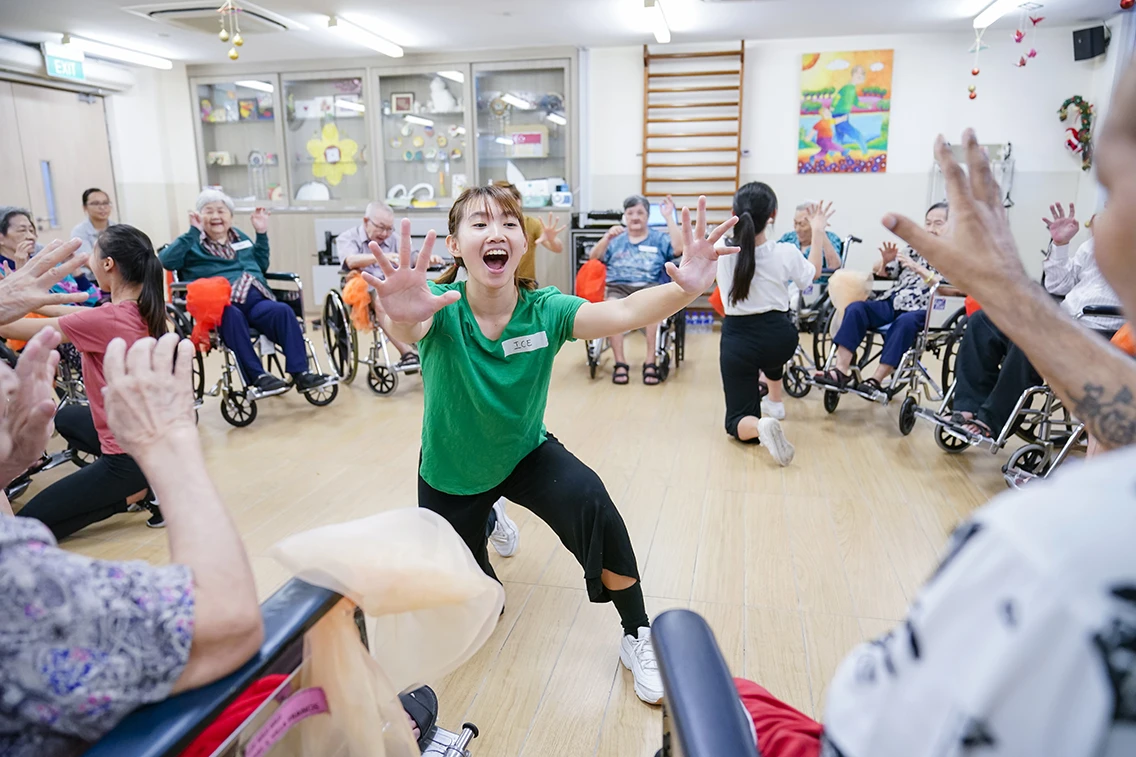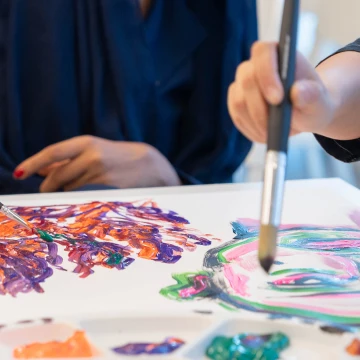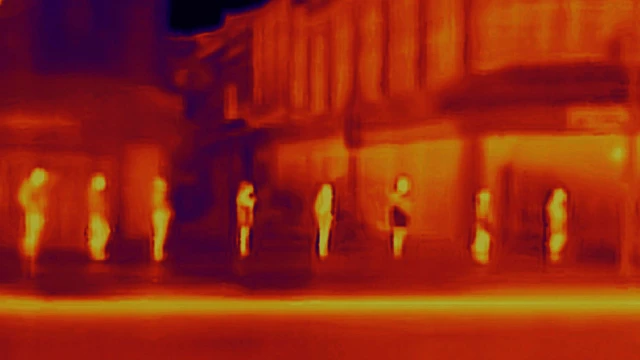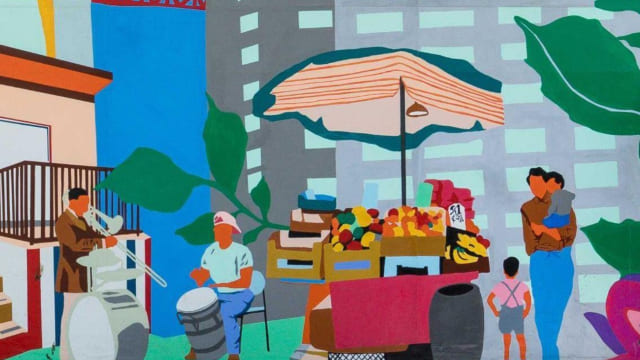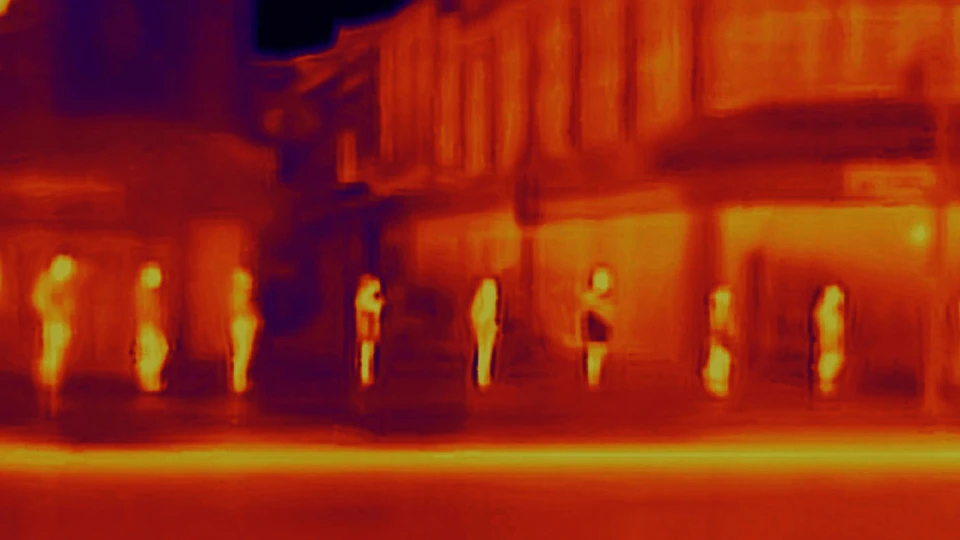
The Jameel Arts & Health Lab–Lancet global series on the health benefits of the arts launches at Guggenheim Museum in New York
NEW YORK, 25 SEPTEMBER 2025 — The first part of the Jameel Arts & Health Lab and The Lancet’s global series on the health benefits of the arts was launched today with the unveiling of a photo essay at the Guggenheim Museum in New York.
Held in the museum’s iconic Peter B. Lewis Theatre, the event featured remarks from senior leadership at The Lancet, the Jameel Arts & Health Lab, the Guggenheim, the World Health Organisation (WHO) and Community Jameel, as well as live musical performances, poetry readings and presentations from leading voices in health, arts, policy and research.
The event was part of UNGA Healing Arts Week, a New York City-wide celebration of the role of the arts in health, held alongside the 80th session of the United Nations General Assembly (UNGA).
A collaboration between the arts, health and research
The photo essay comes ahead of the publication of the full Jameel Arts & Health Lab–Lancet global series on the health benefits of the arts later in 2025.
The series, which has involved more than 27 researchers, artists and curators from around the world, was led by:
- Professor Nisha Sajnani, co-director at the Jameel Arts & Health Lab and director of drama therapy and arts and health at the New York University Steinhardt School of Culture, Education, and Human Development, and
- Dr Nils Fietje, co-director at the Jameel Arts & Health Lab and technical officer at the WHO regional office for Europe.
The lead curator of the photo essay was Stephen Stapleton, co-director at the Jameel Arts & Health Lab and founder and CEO at CULTURUNNERS.
A pioneering series from The Lancet
The Jameel Arts & Health Lab–Lancet global series builds on a 2019 WHO report highlighting the role of the arts in promoting health, preventing illness and supporting the management and treatment of a variety of health conditions from infancy to old age.
Examples include the integration of visual arts in public spaces, museums, schools and in healthcare settings to promote wellbeing, dance programmes for Parkinson’s, music therapy for pain management and dementia care and the use of puppetry and theatre in public health.
The series will provide an overview of this evidence base, existing economic analyses and current policy frameworks that are already integrating arts interventions as part of clinical and public health guidelines.
It will also recommend strategies to strengthen global policy, including scaling effective interventions through social prescribing and fostering collaboration across arts, health, education and social care sectors.
Art as research, engagement and expression
The photo-essay focuses on a wide range of global health initiatives that are supported by the arts.
The 32 featured images exemplify stories of what can, or could be, achieved through creative approaches to health and wellbeing, such as the incorporation of visual art in a hospital, a creative aging programme in a museum, or the psycho-social support of children in crisis zones.
Each photograph is accompanied by a short description of the project. Many of them highlight underrepresented experiences and communities, where care is carried out in complex environments.
Nathalie Bondil, museum and exhibitions director at the Institut du monde arabe in Paris and one of the curators of the photo essay, said: “More than ever in our post-pandemic world, we see that art, culture and creativity have the power to heal, comfort, restore... and inspire wonder.
“The arts offer undeniable physiological, psychological and social benefits, making them an essential part of truly holistic, personalised medicine.
“From a public health perspective, art and creativity are practical tools that not only support our wellbeing but also help make care more equal and accessible for everyone.”
The premise for this photo-essay has been to identify photographs that combine artistic quality with genuine impact in health and wellbeing.
The curatorial team, which includes some of the leading professionals in the world of health and the arts, has followed three key methodological strands in their selection and annotation of the photographs:
- art as research (the artist/photographer-investigator drawing out new insights);
- art as engagement (photography documenting arts activities that support engagement, increase participation or foster interdisciplinary debates); and
- art as expression (where the photograph itself is critically evaluated as a component of contemporary art discourse).
The photographer Irving Penn (1917-2009) described a good photograph as one “that communicates a fact, touches the heart and leaves the viewer a changed person for having seen it”.
This photo essay is intended to remind the audience of the crucial importance of creativity within the sphere of health and the evidence-based health benefits catalysed by the human spirit and imagination.
Read the photo essay on The Lancet website.



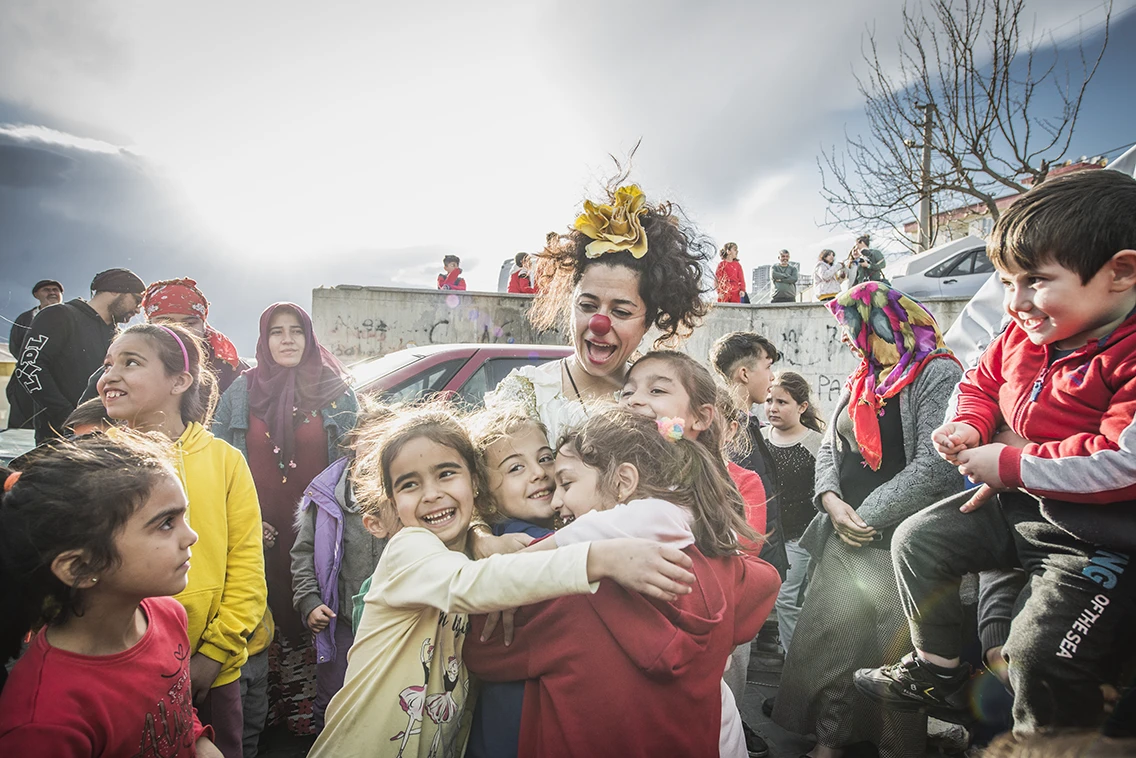
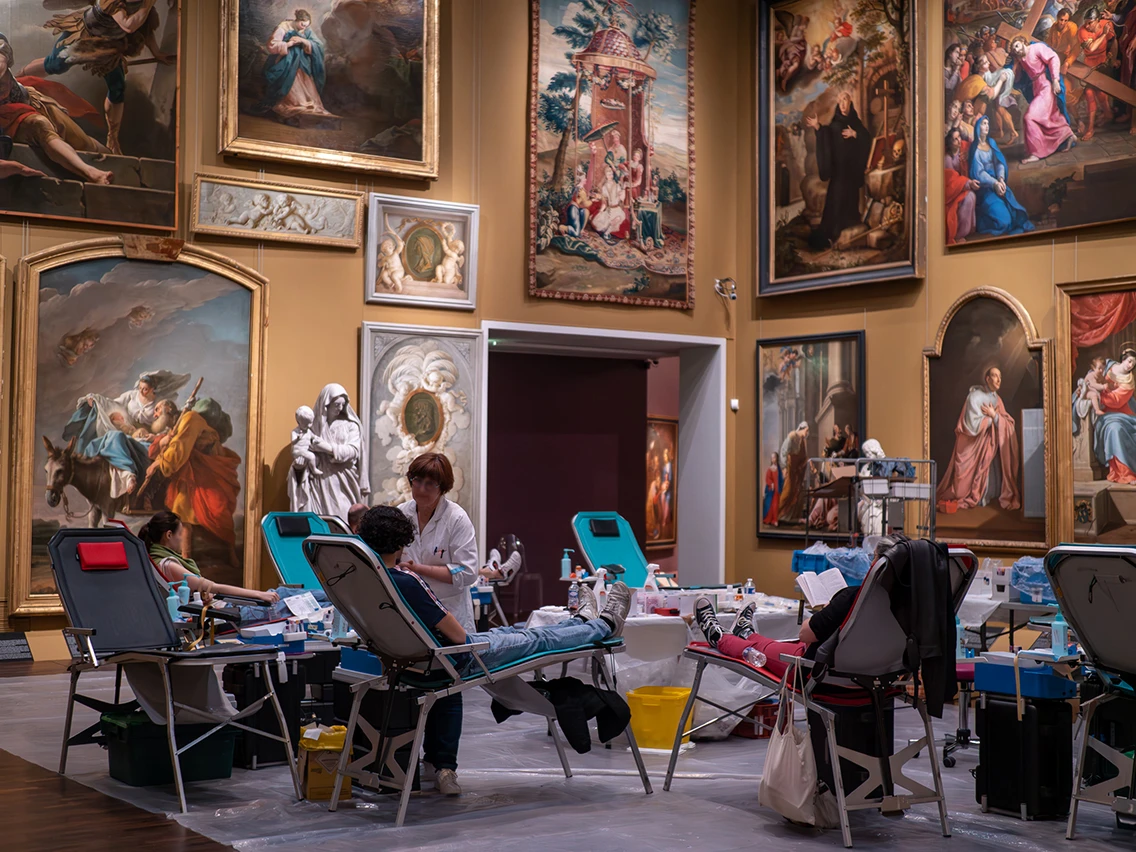
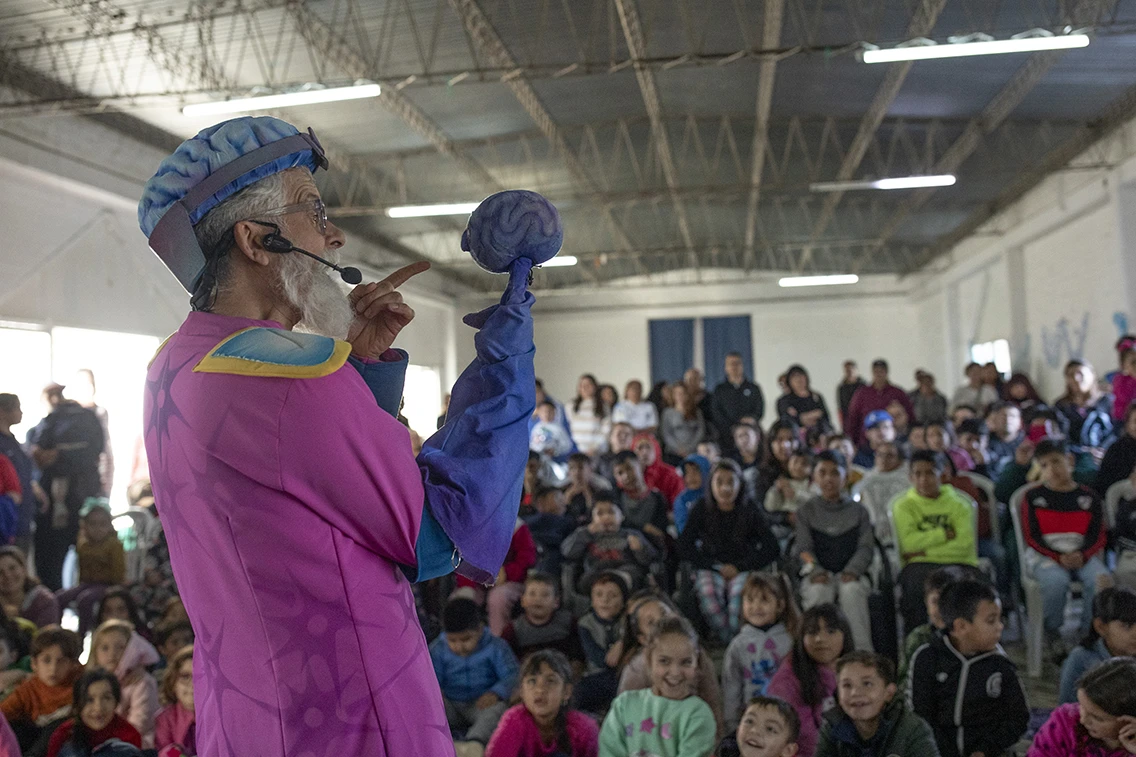
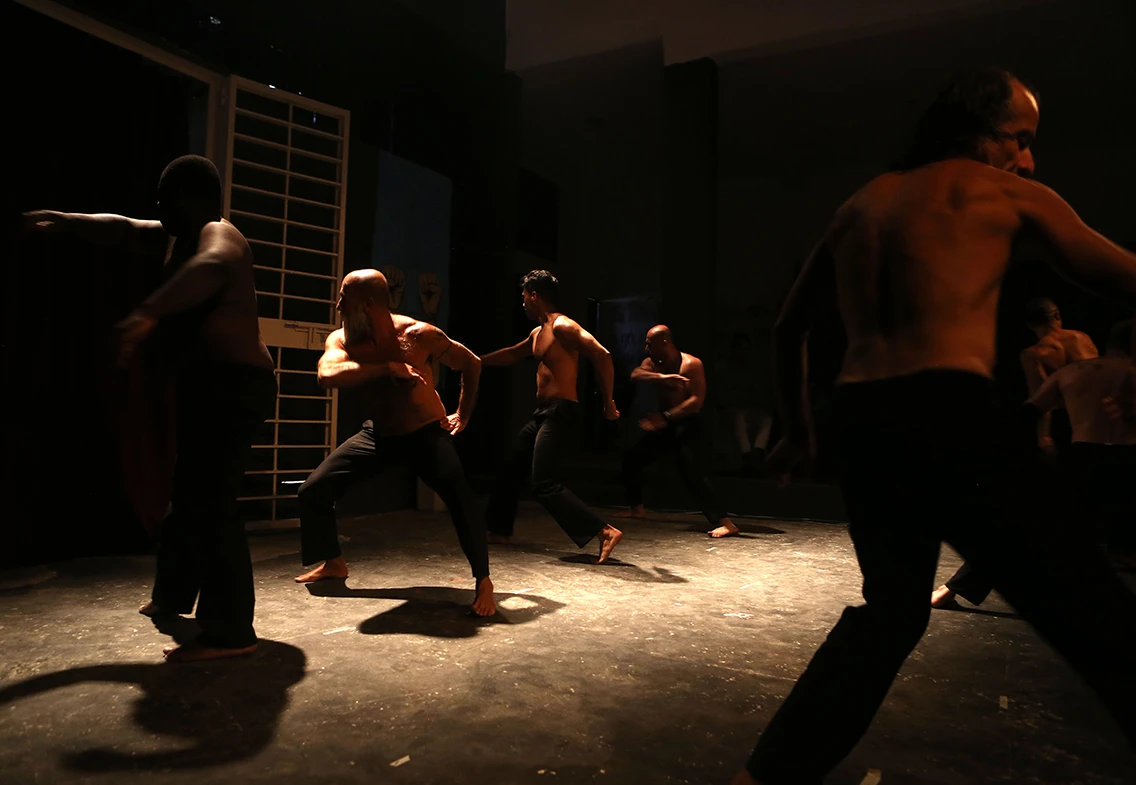
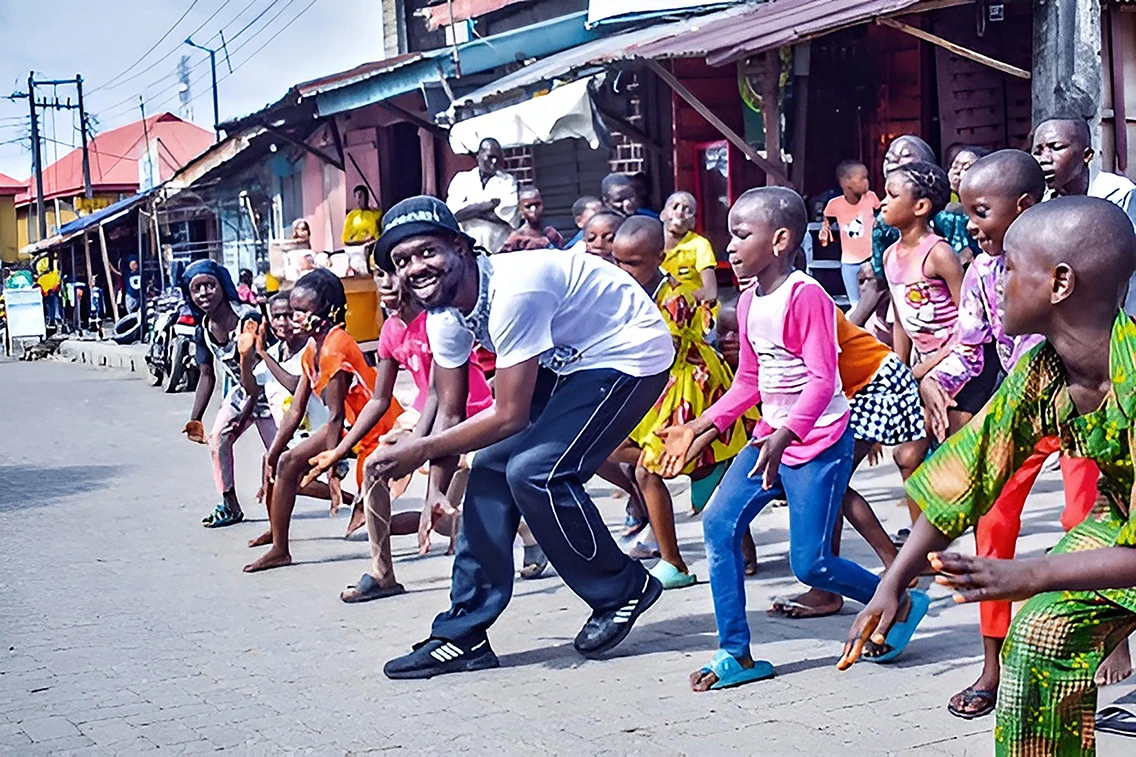
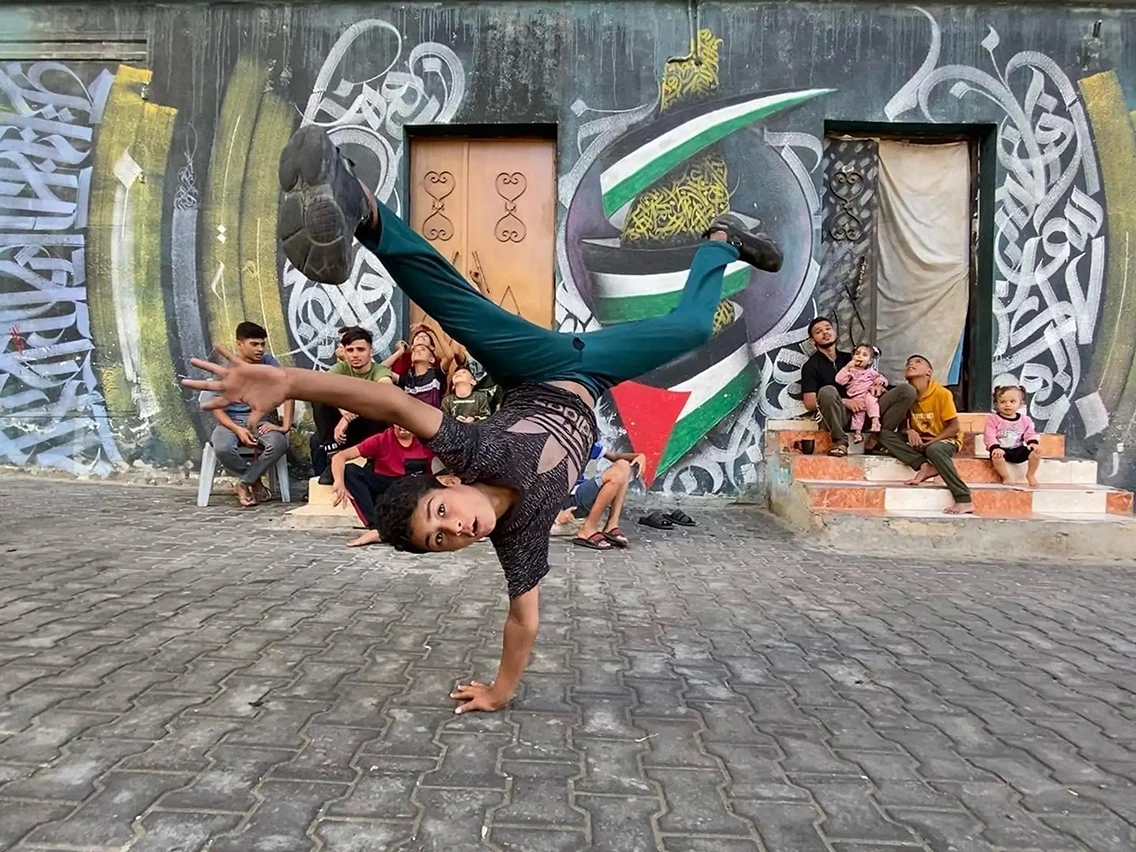
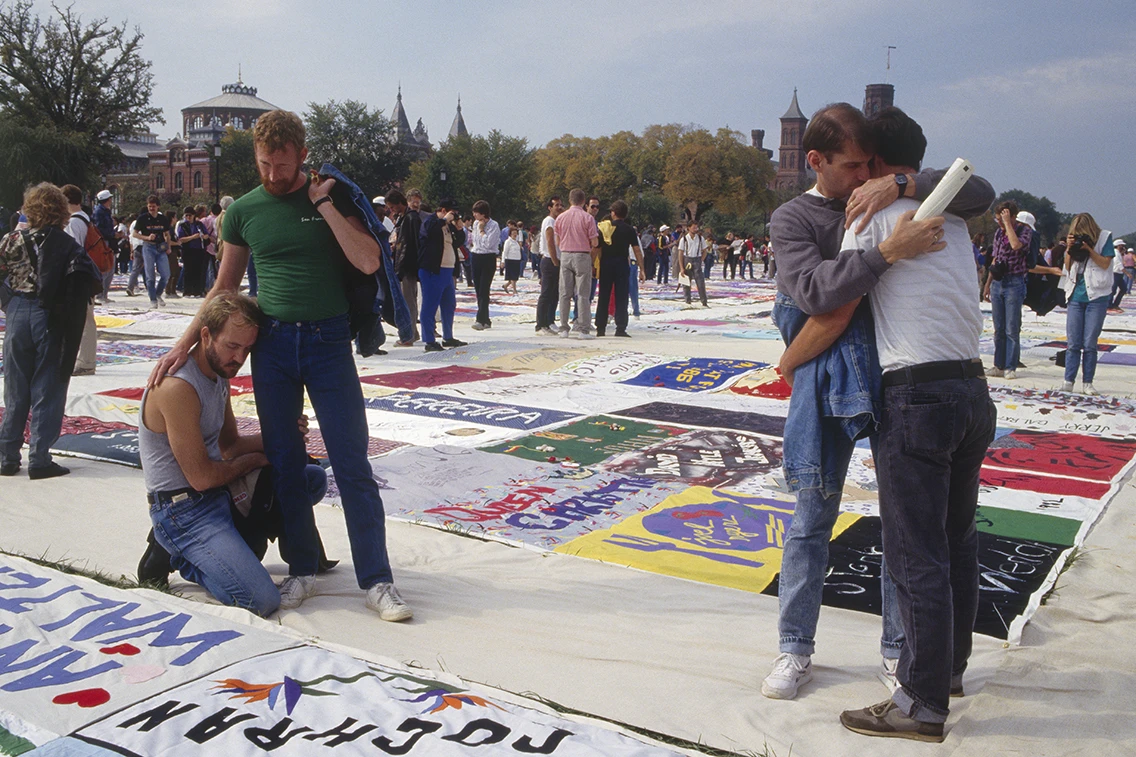
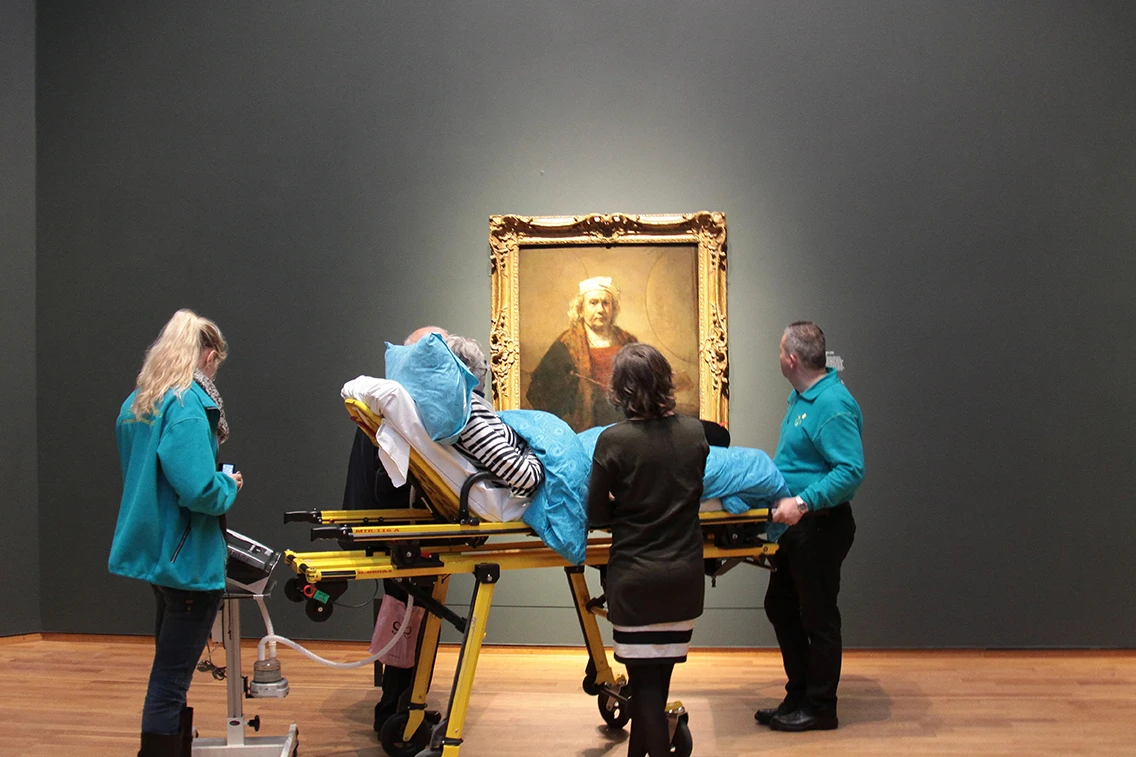
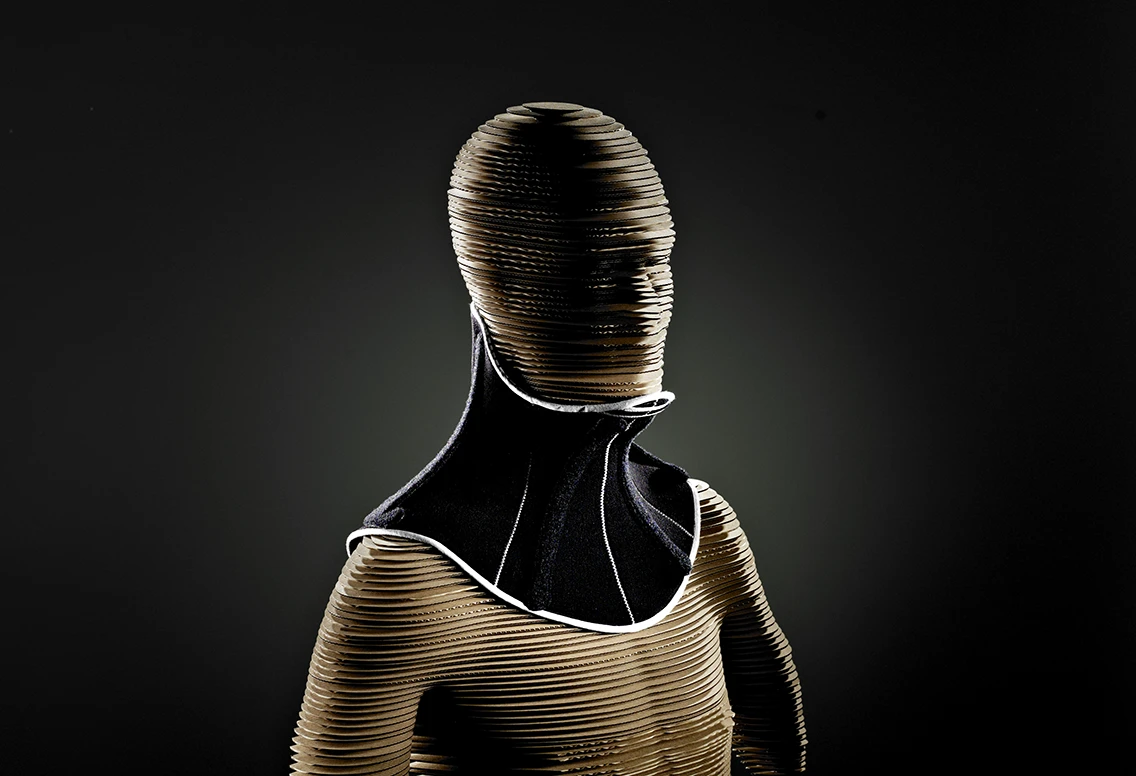
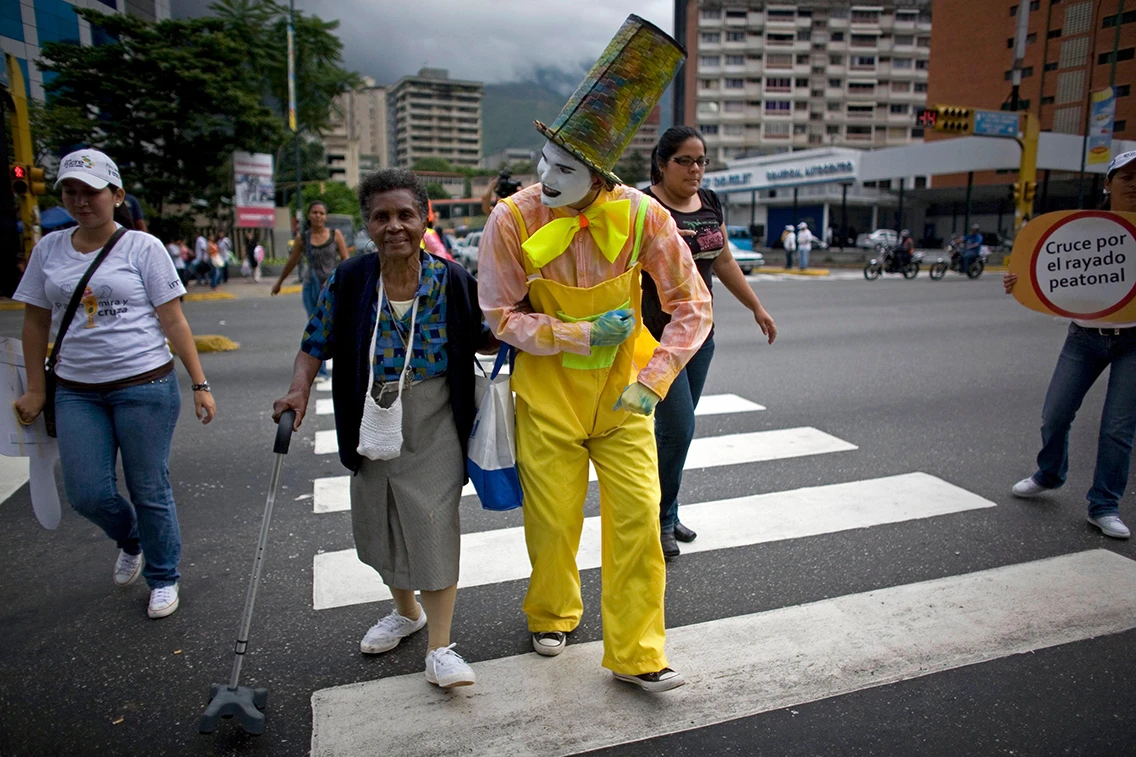
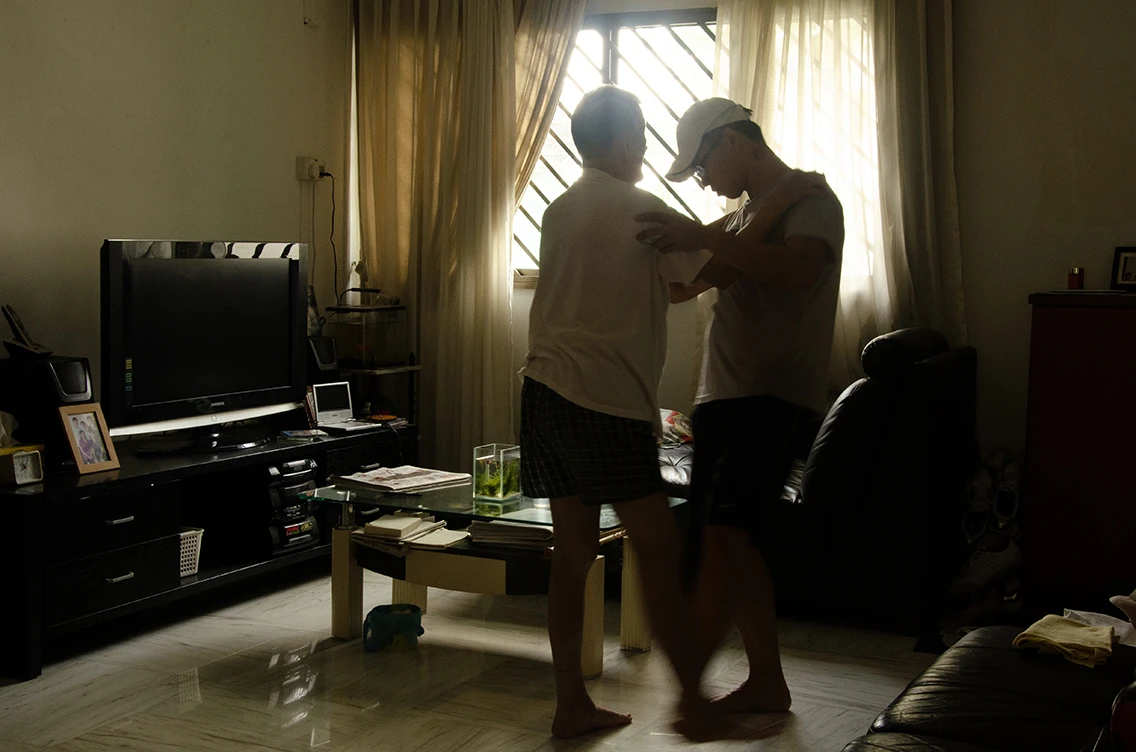
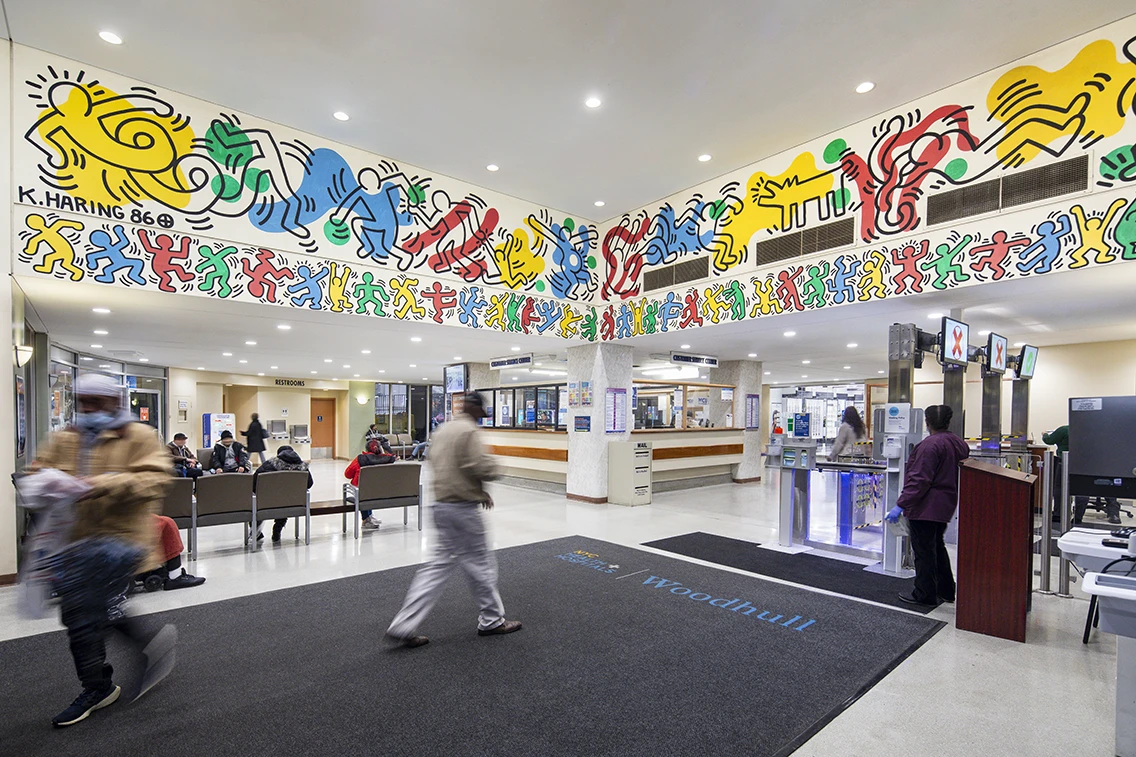
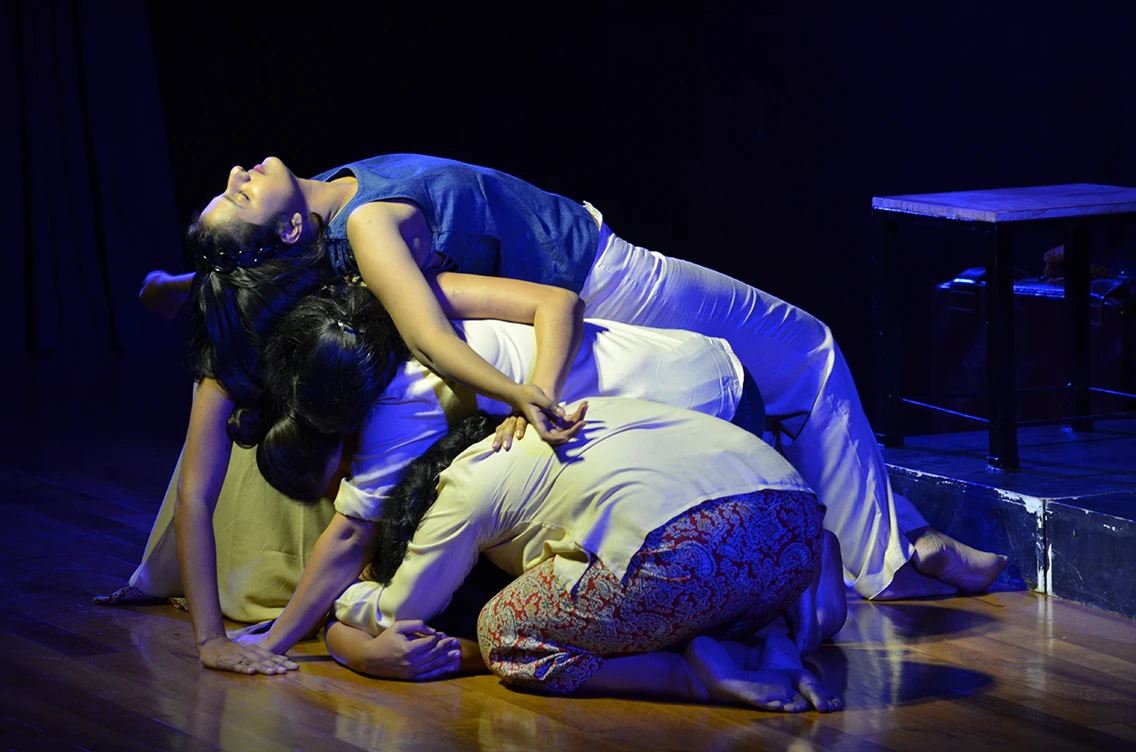
%20Sebastian%20Charles%2C%20The%20Walk%20Productions.webp)
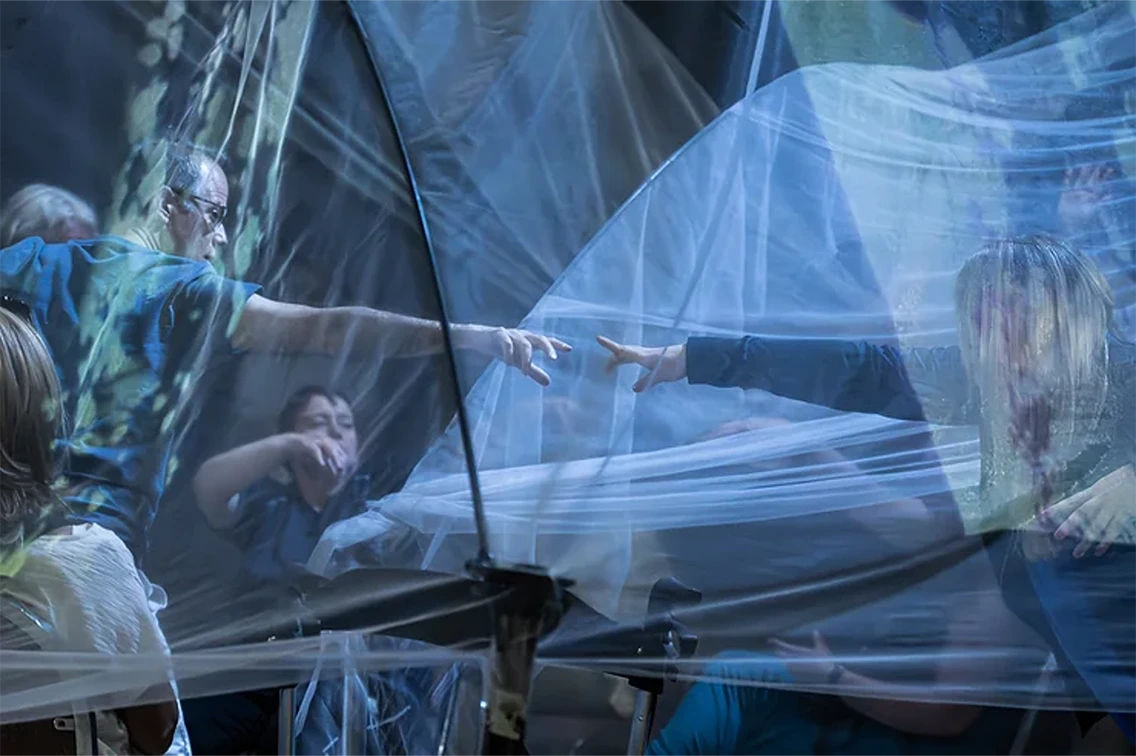
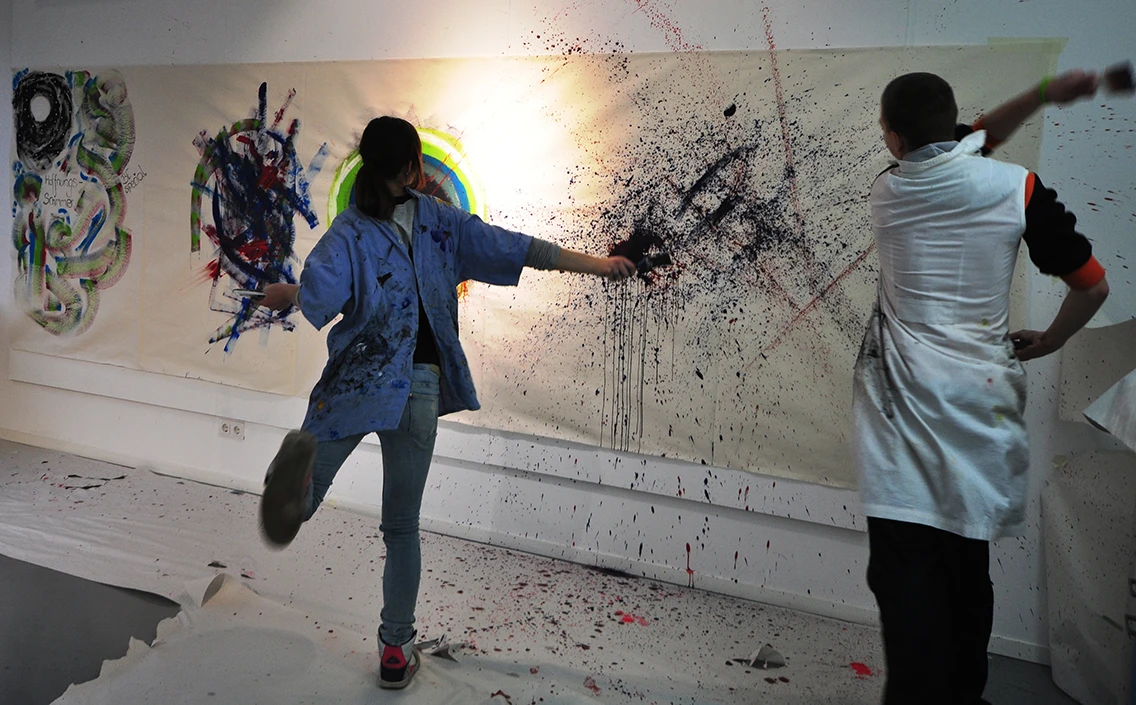
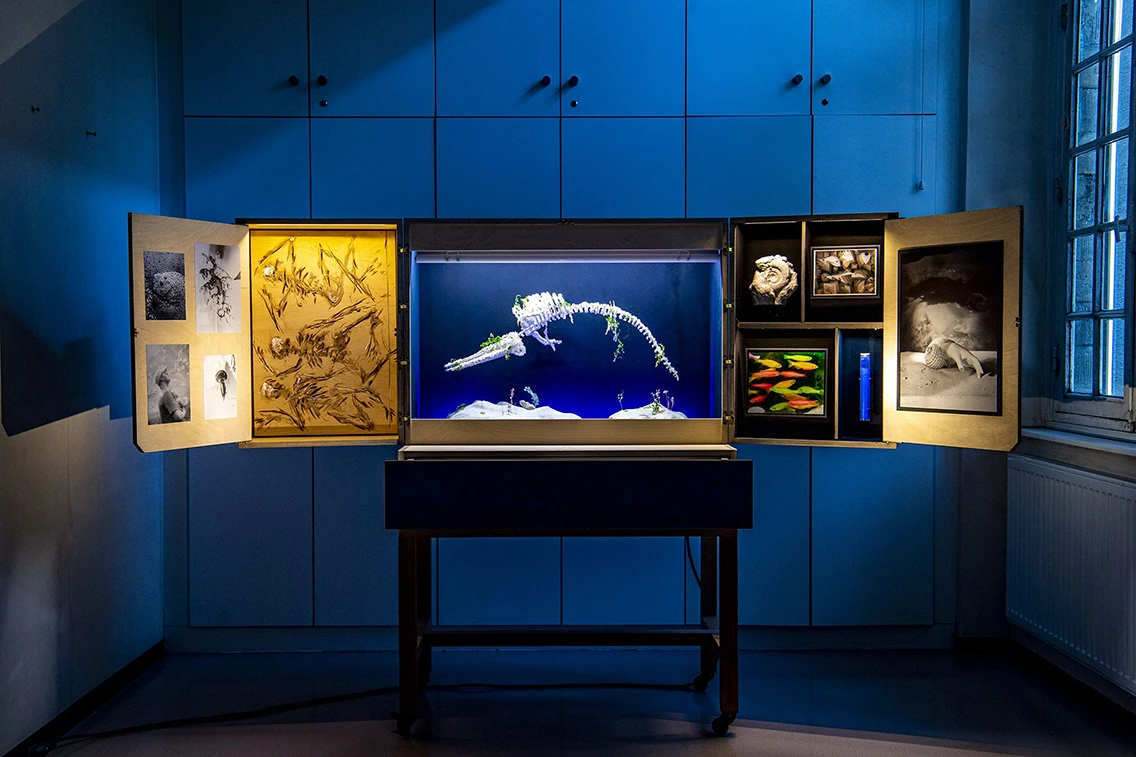
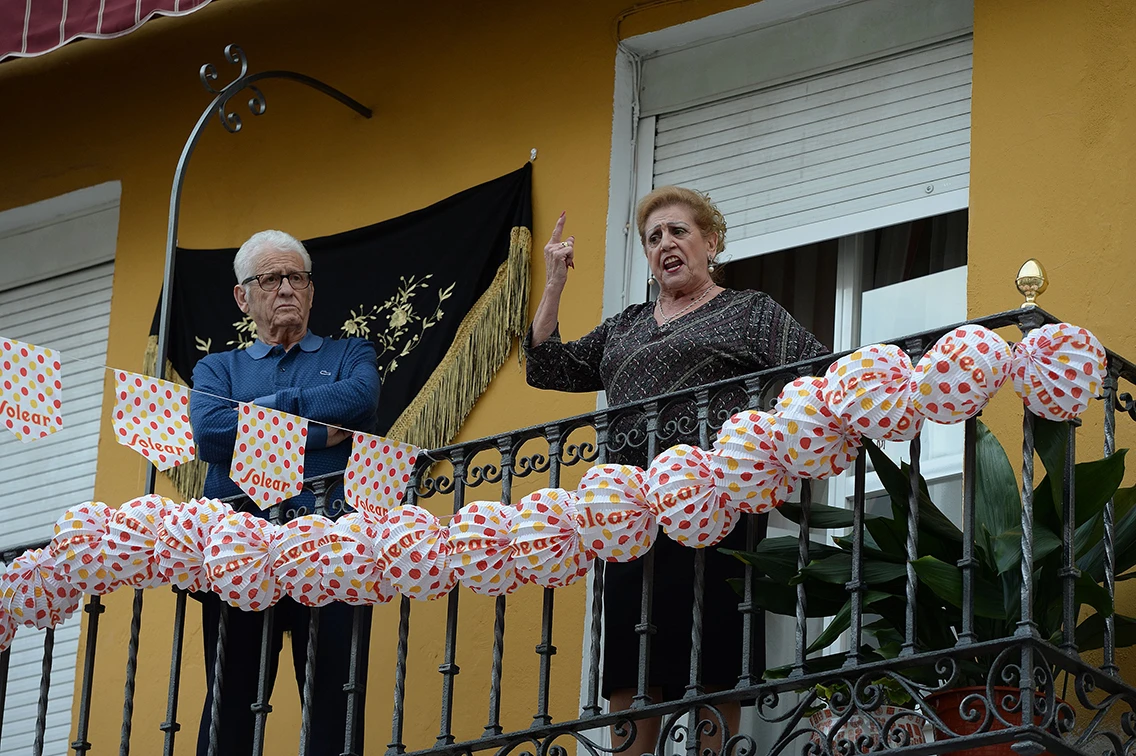
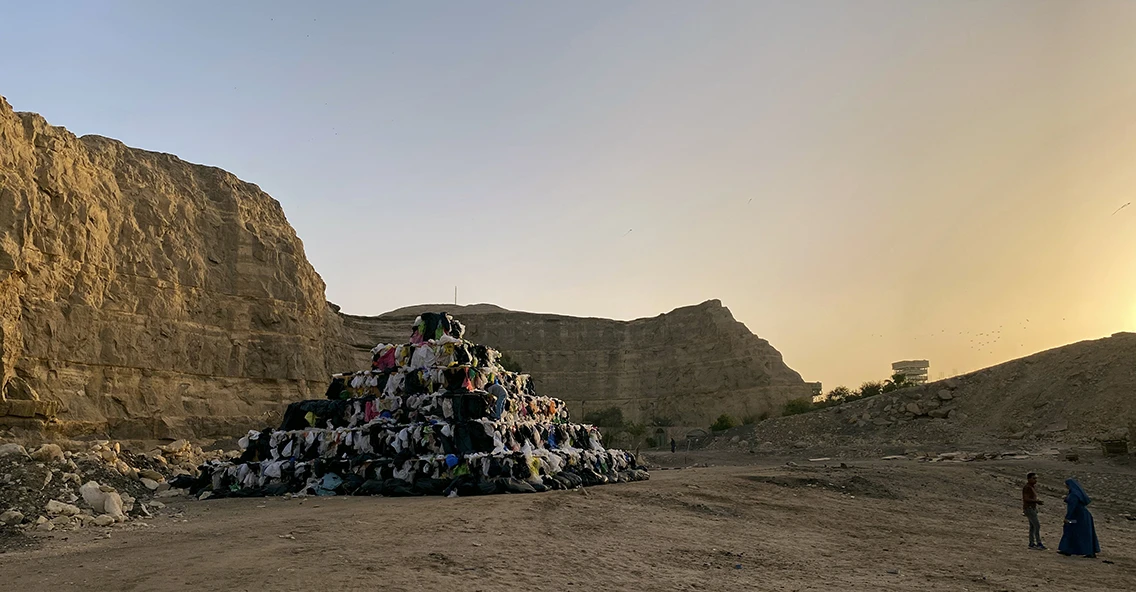
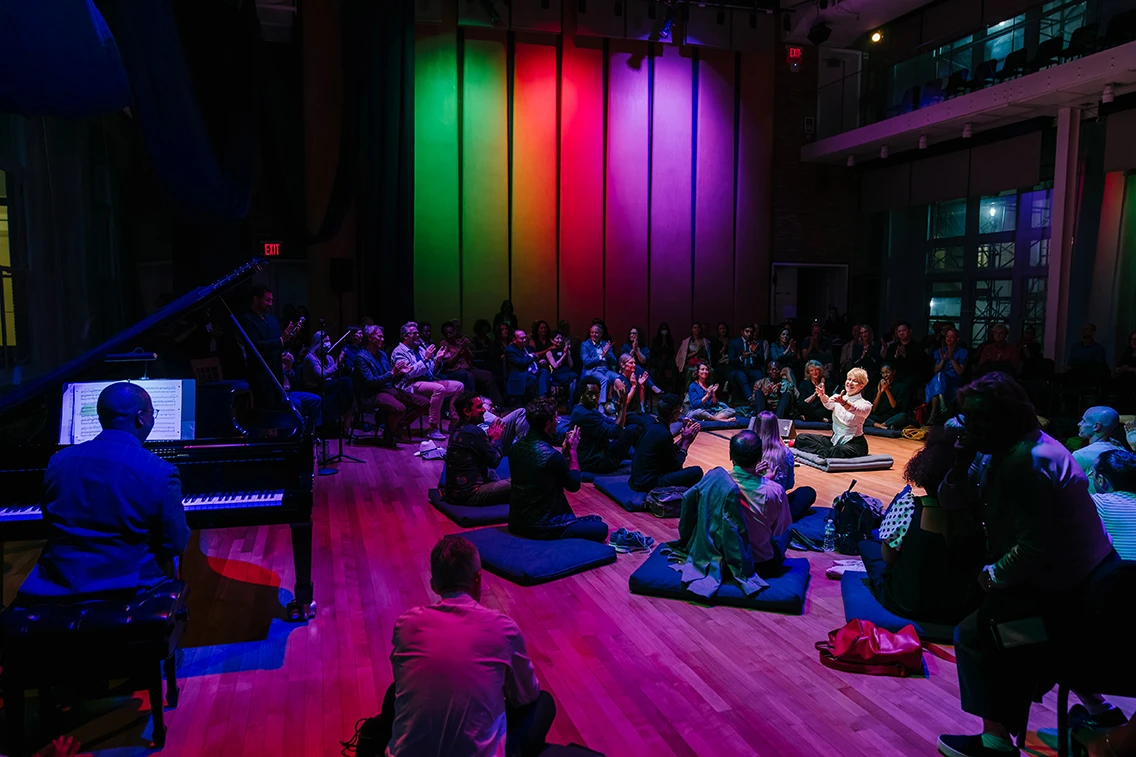
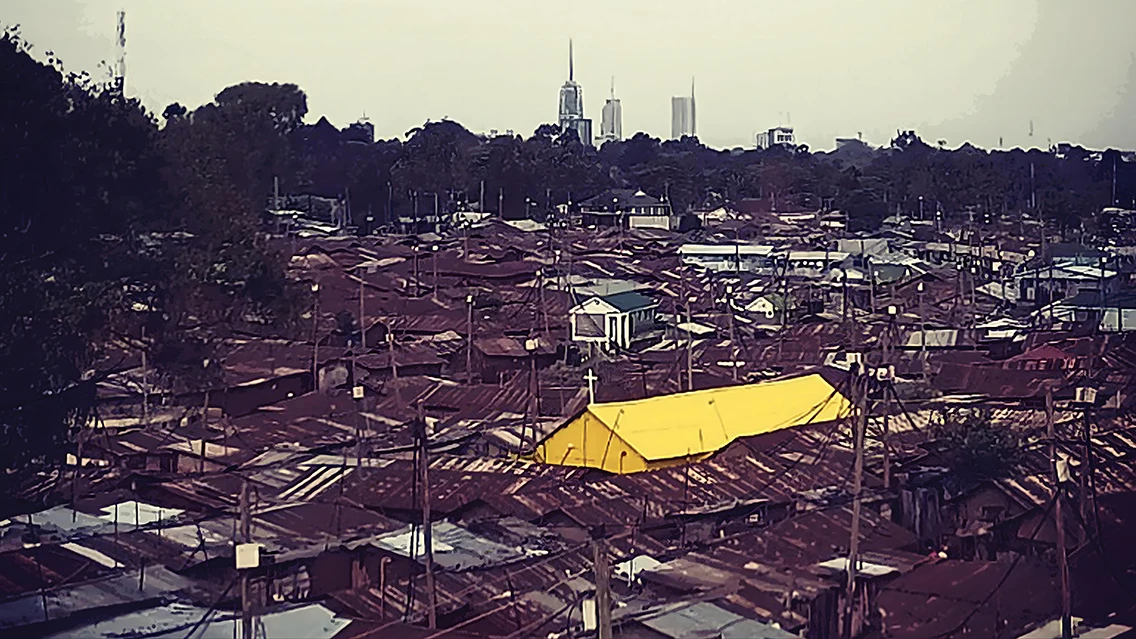
.webp)
